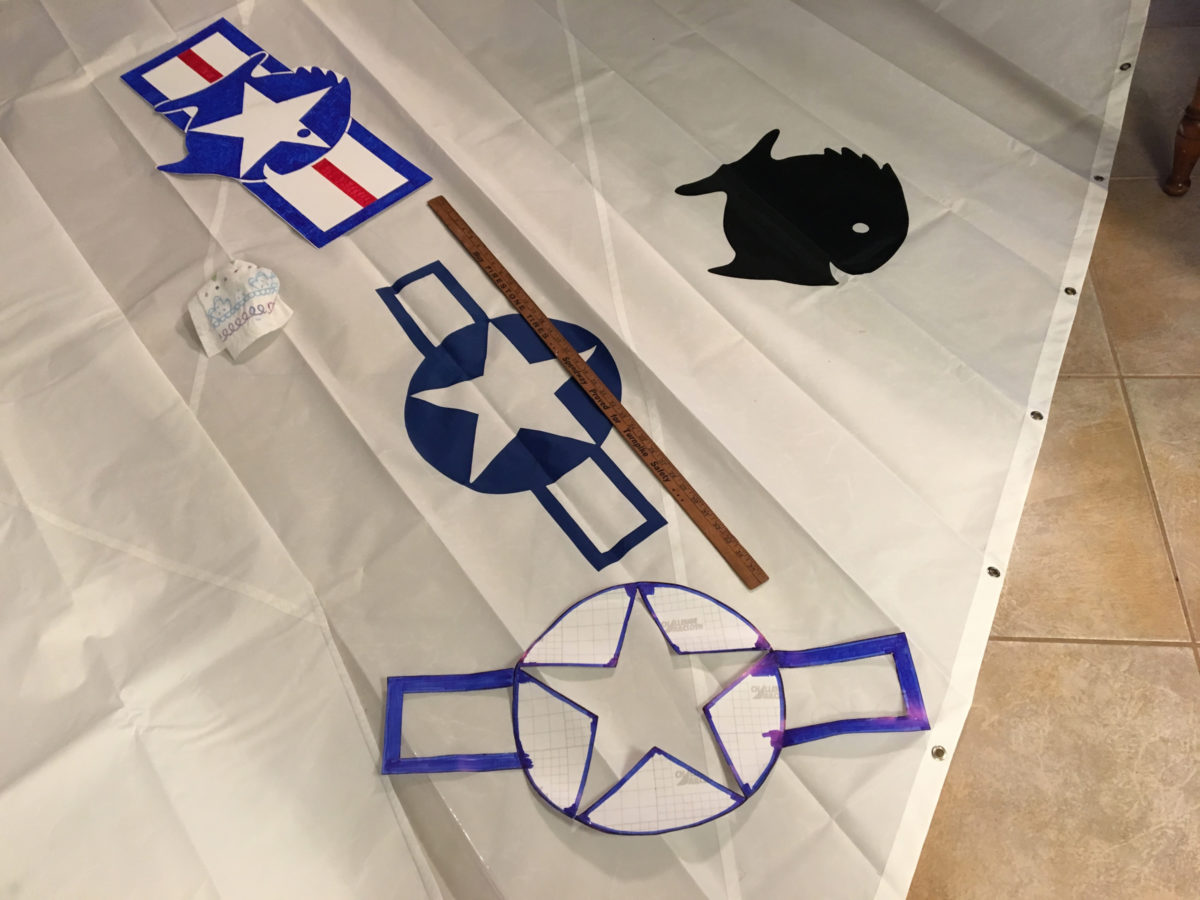
August 2018
Insignia Sailcloth
Adhesive adornment
Sponsored By WoodenBoat School

August 2018
Adhesive adornment
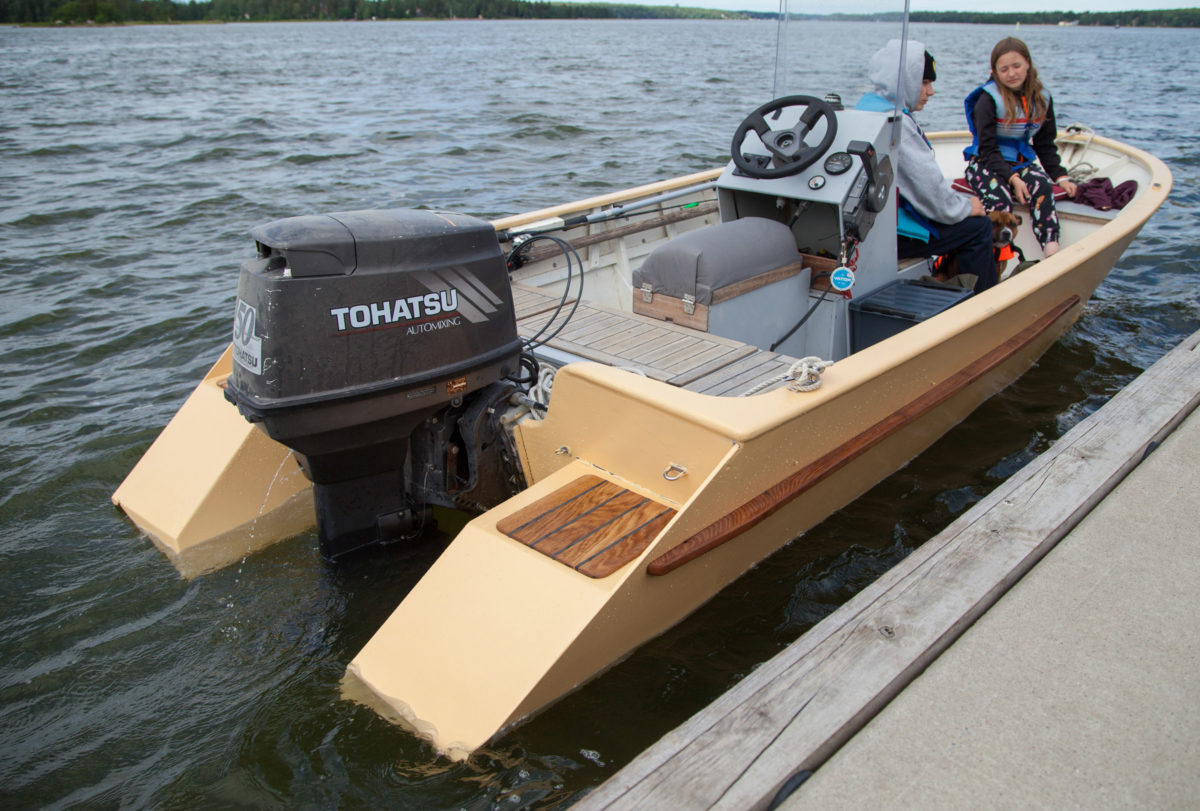
Small Boats Annual 2019July 2018
Adding buoyancy and planing surface
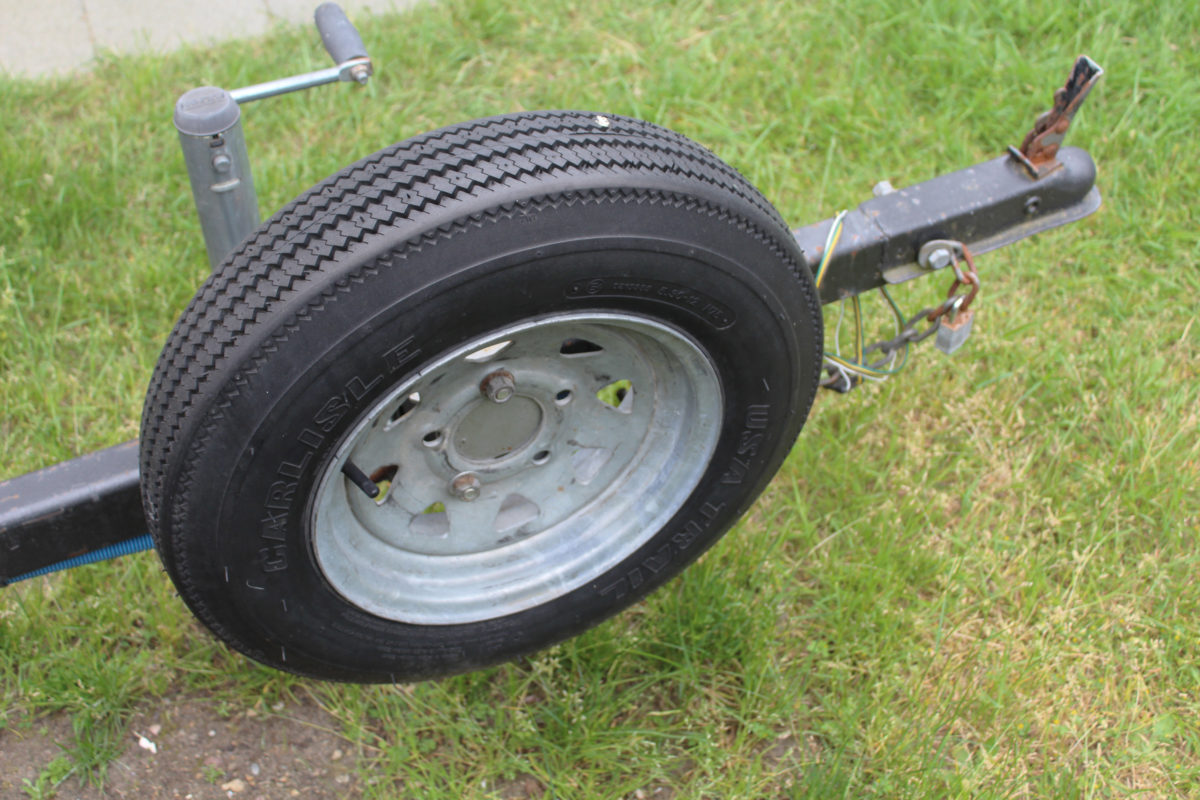
June 2018
Age before wear
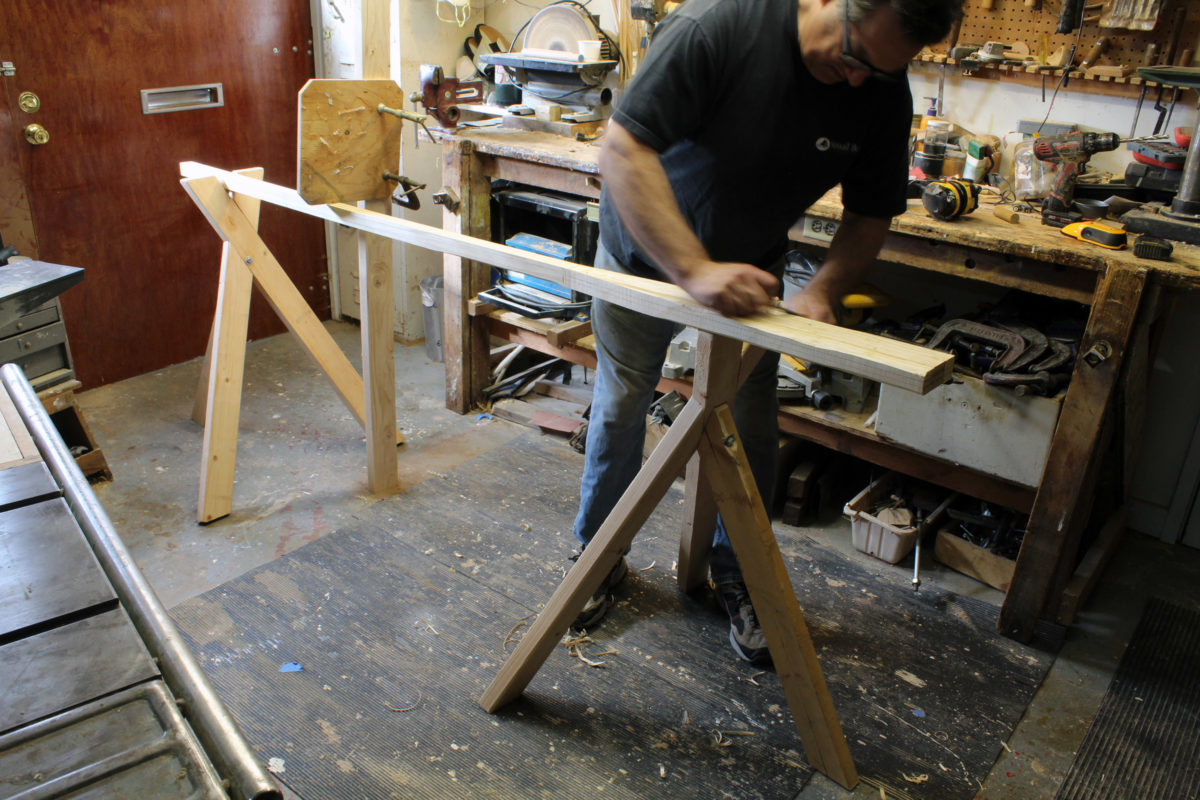
April 2018
Quick work without clamps
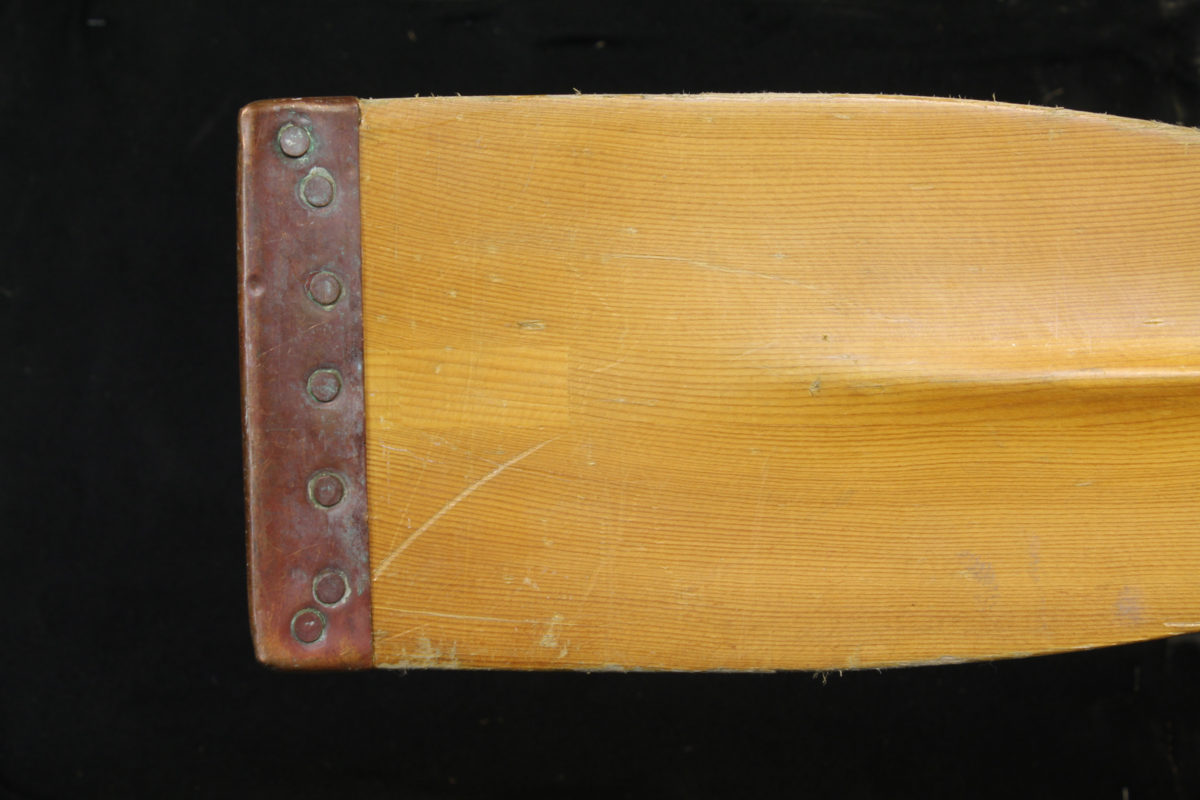
March 2018
Traditional protection for oars
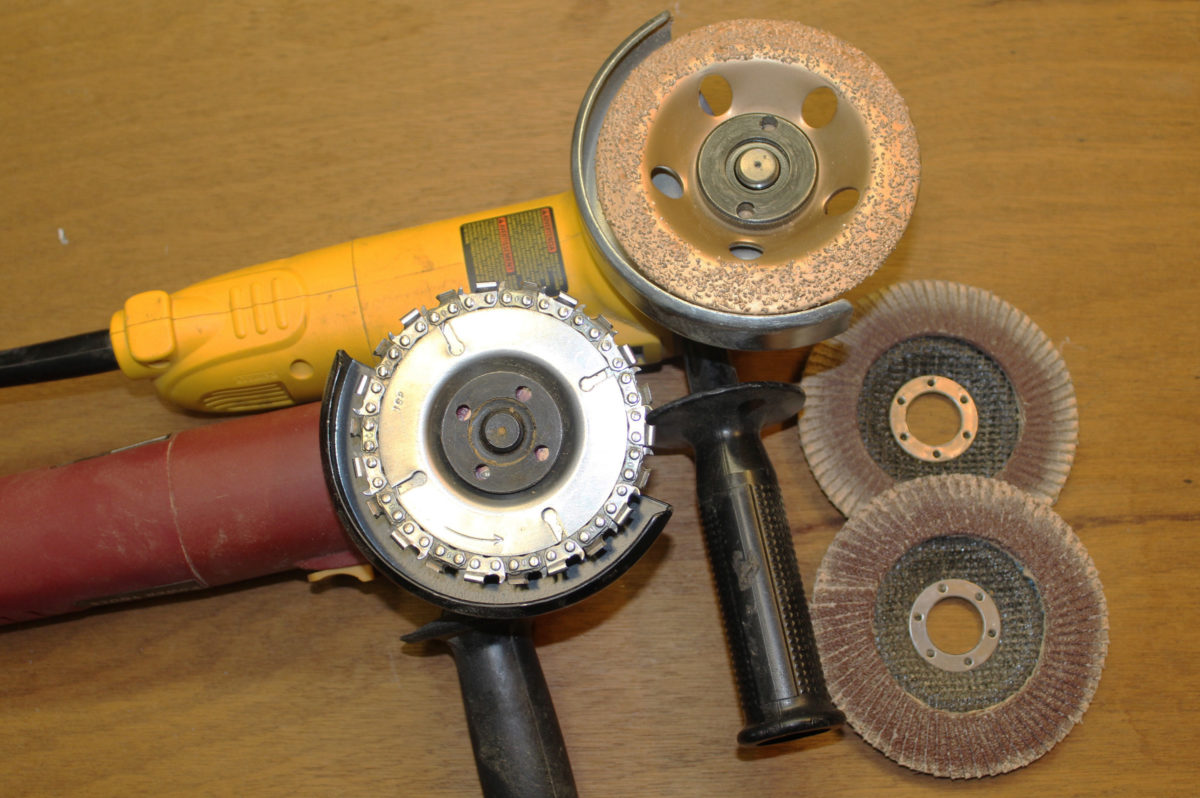
February 2018
Working wood with an angle grinder
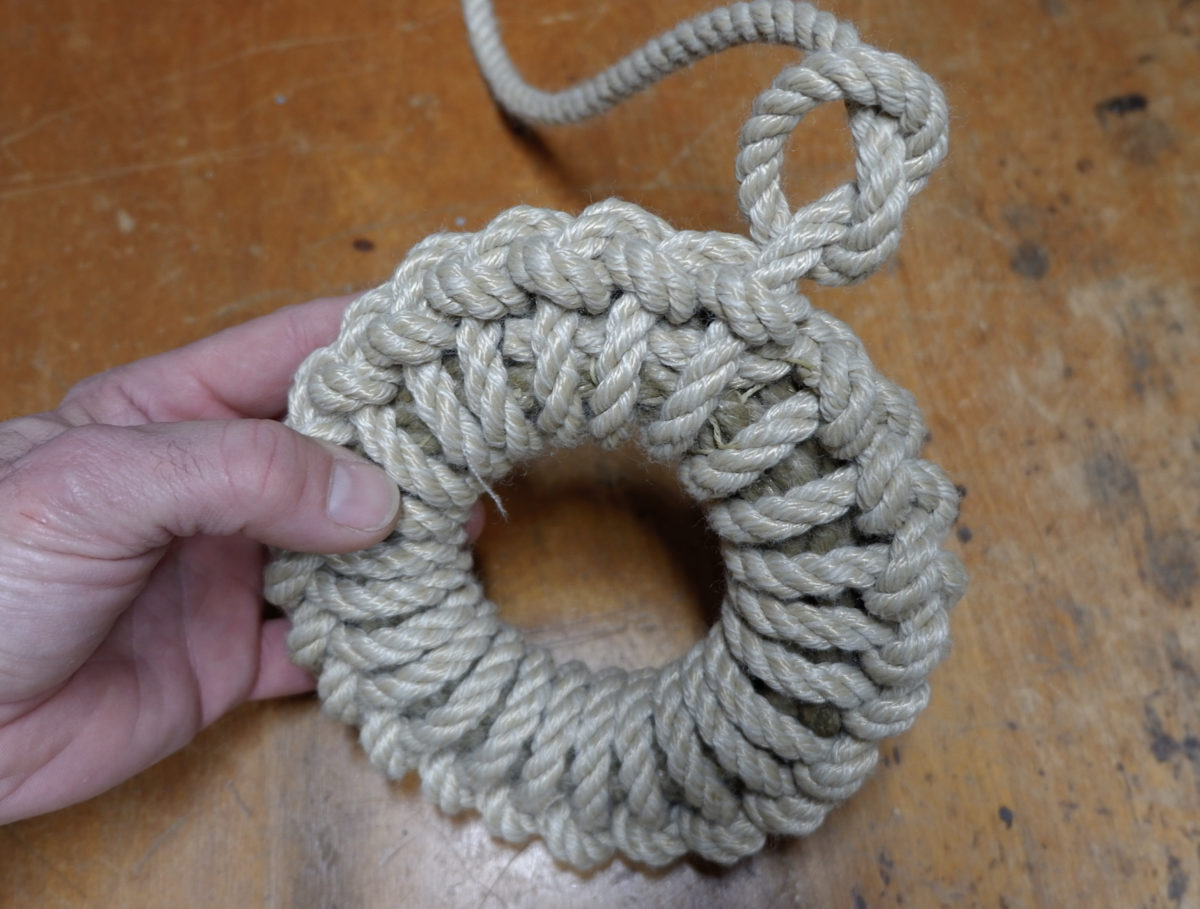
January 2018
Distinctive and easy to make
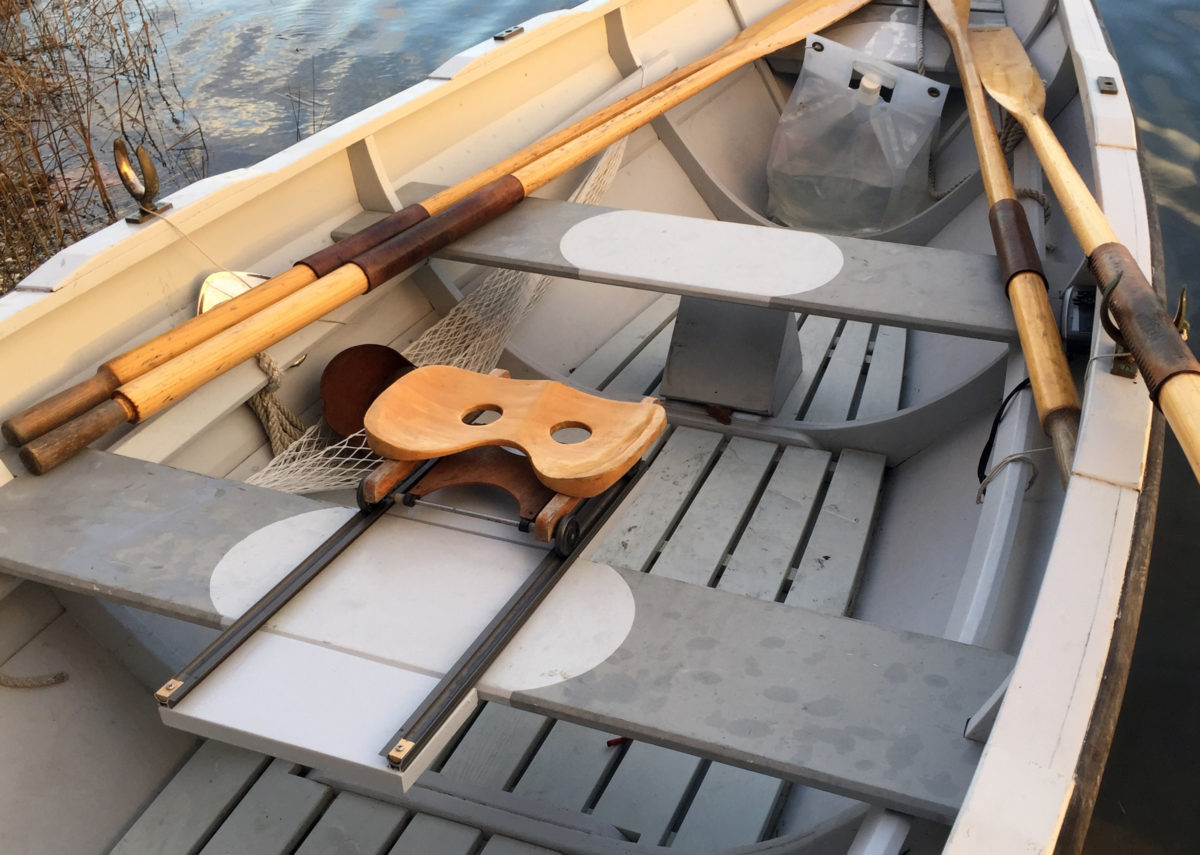
December 2017
A longer stroke without outriggers

November 2017
Taking care of dust without taking up space
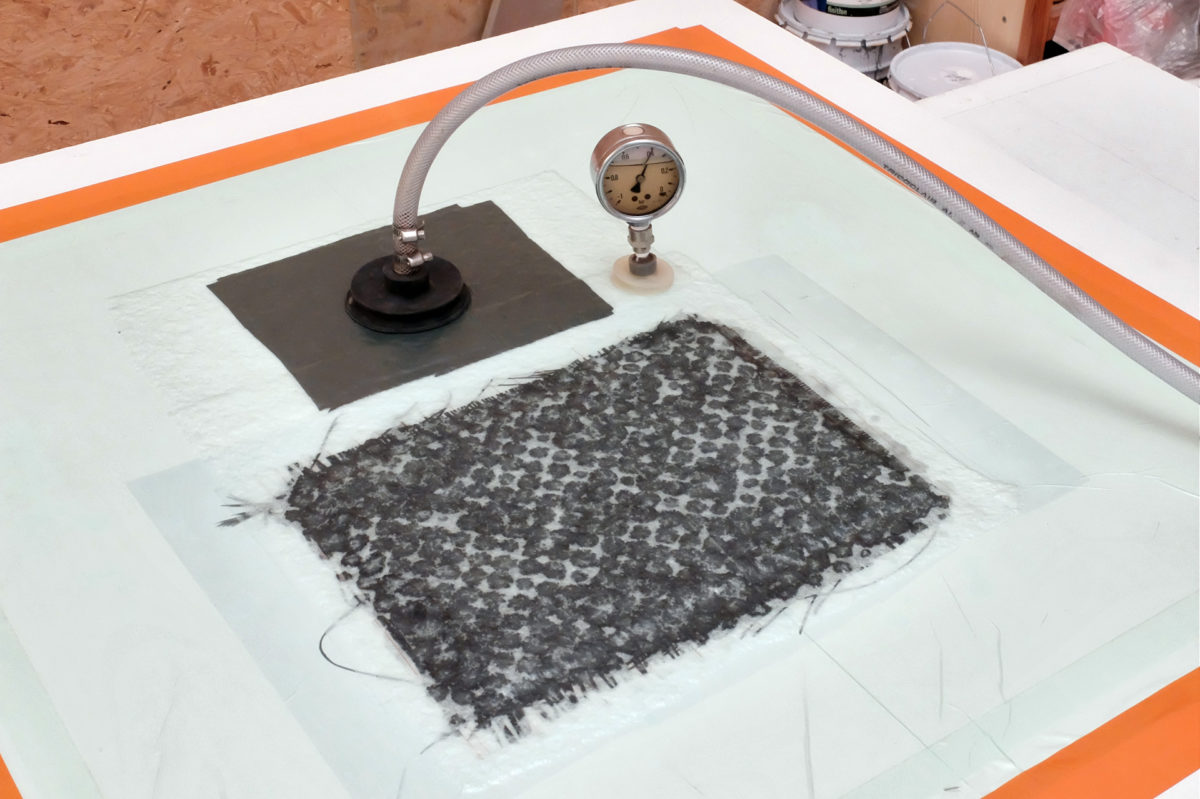
October 2017
Working under pressure
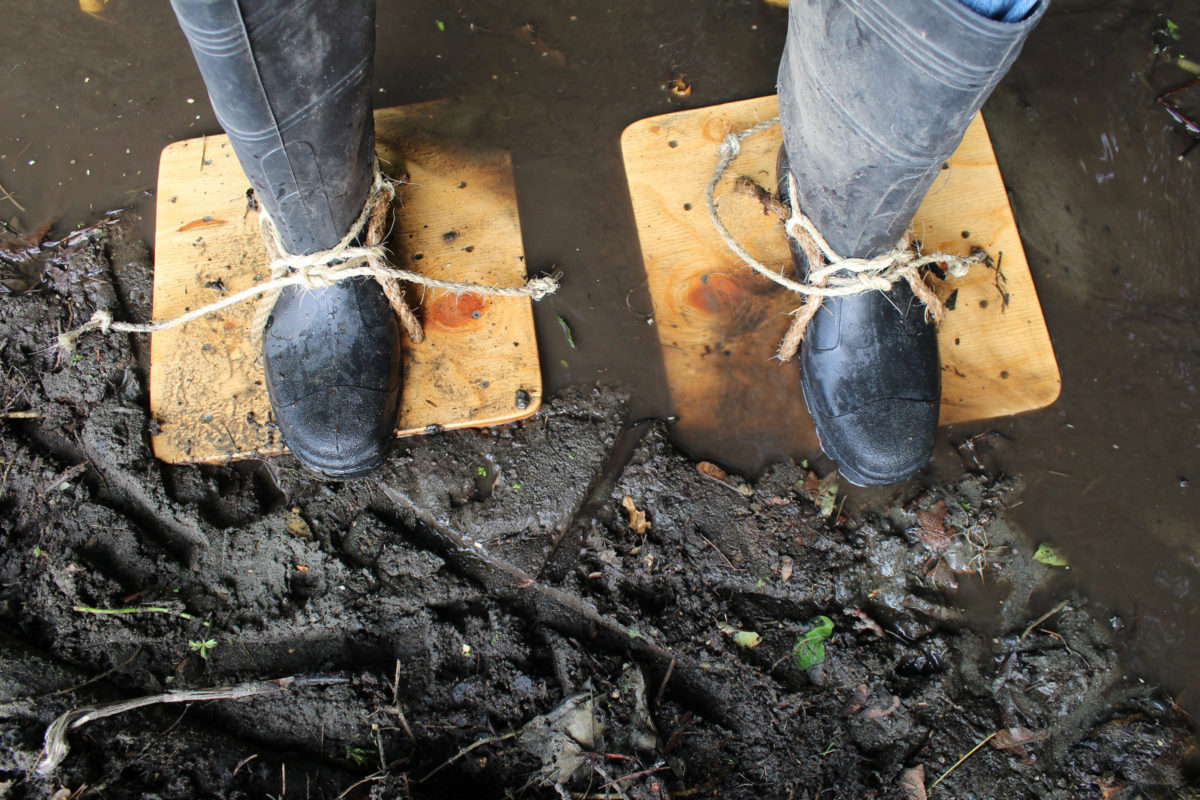
October 2017
Firmer footing on soft ground
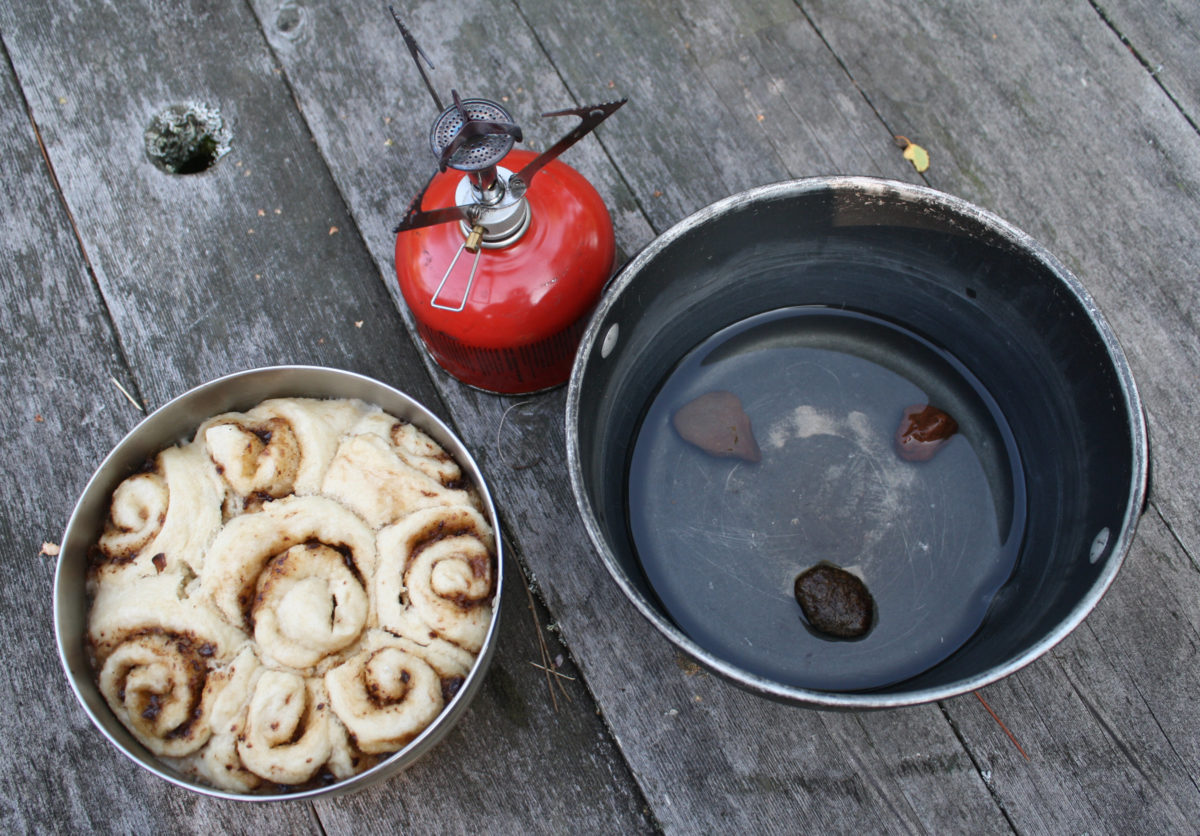
September 2017
Let them eat cake
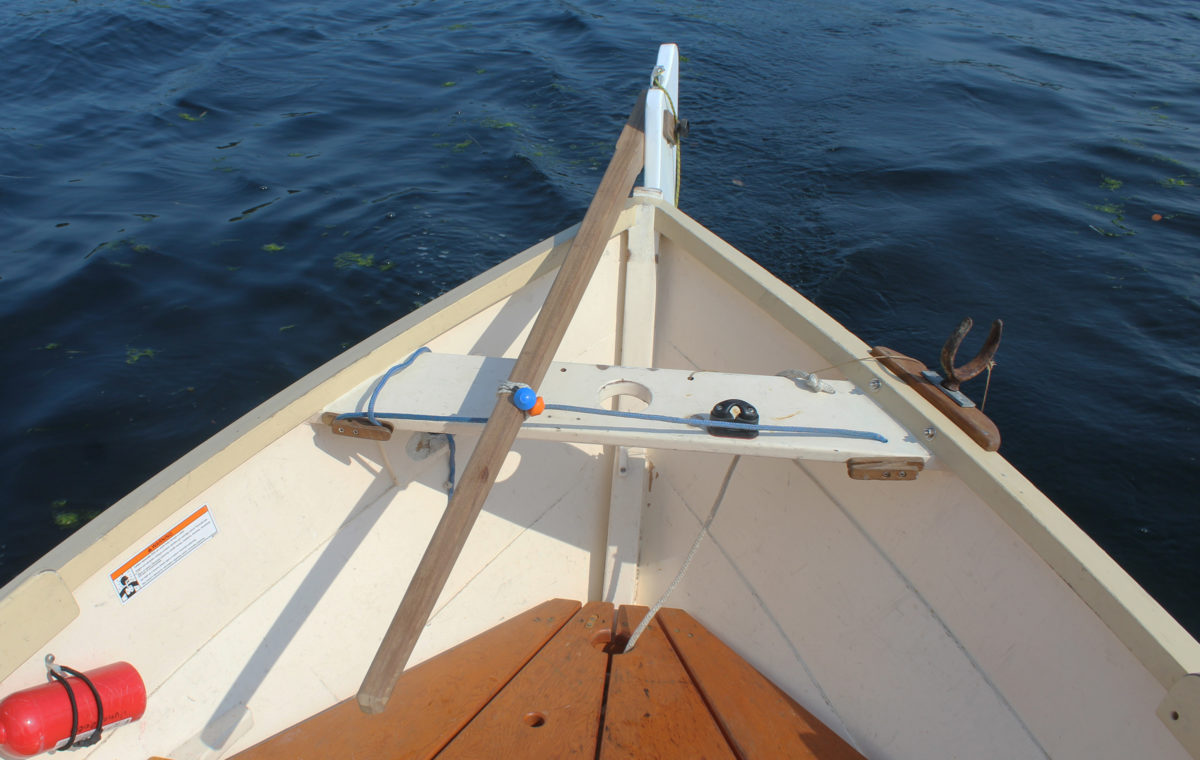
September 2017
Hands-off sailing
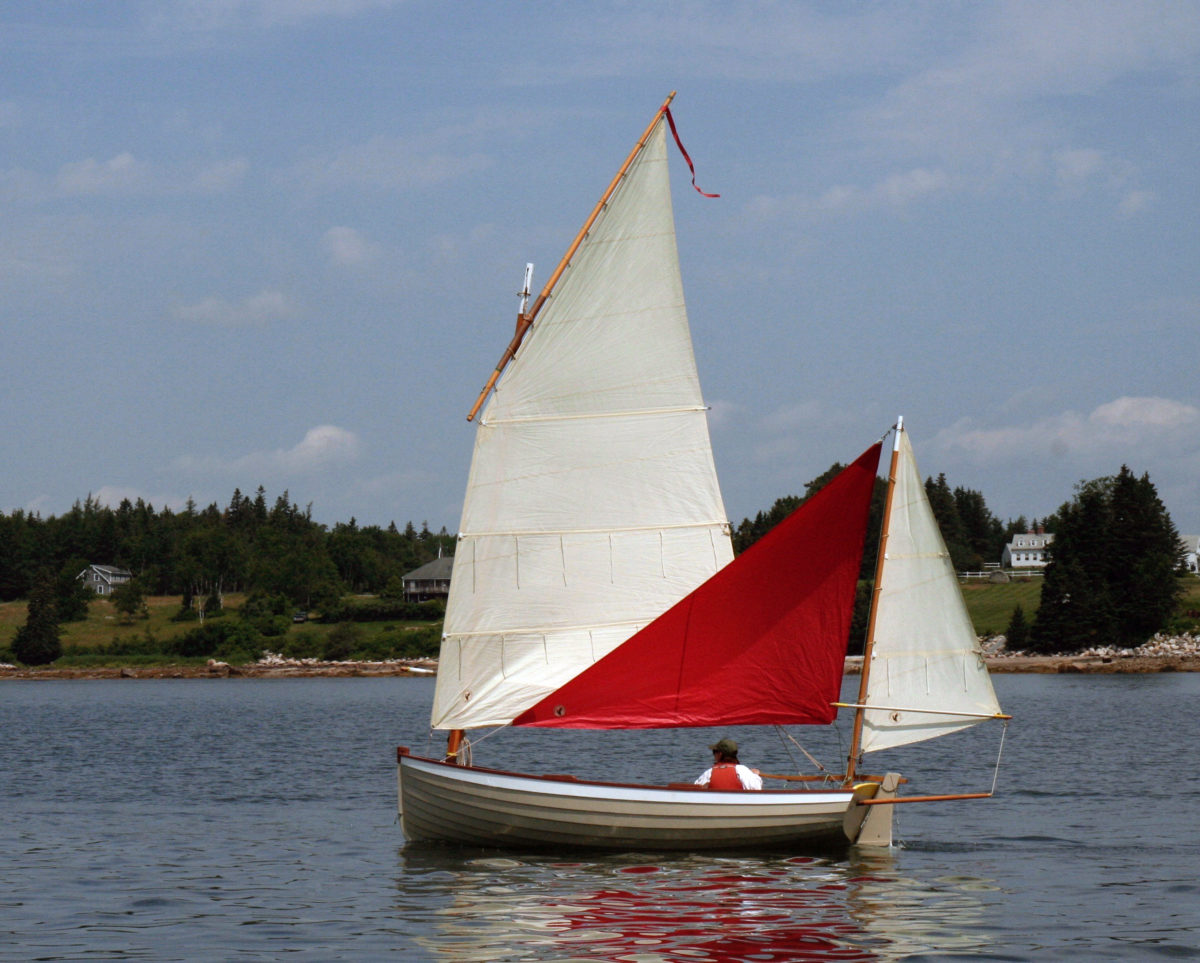
August 2017
Lovely, Useful Things for Light Wind Sailing
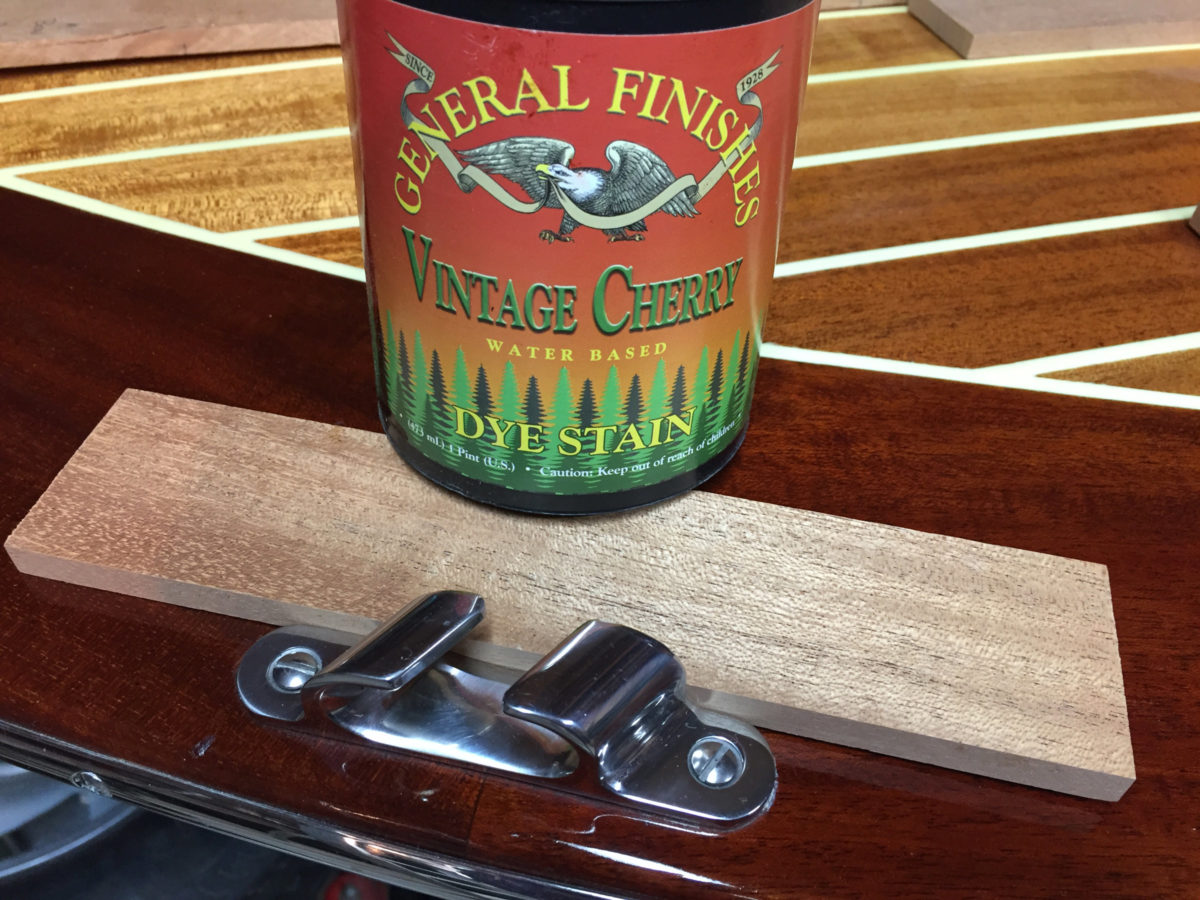
July 2017
Rich Color to Dye For
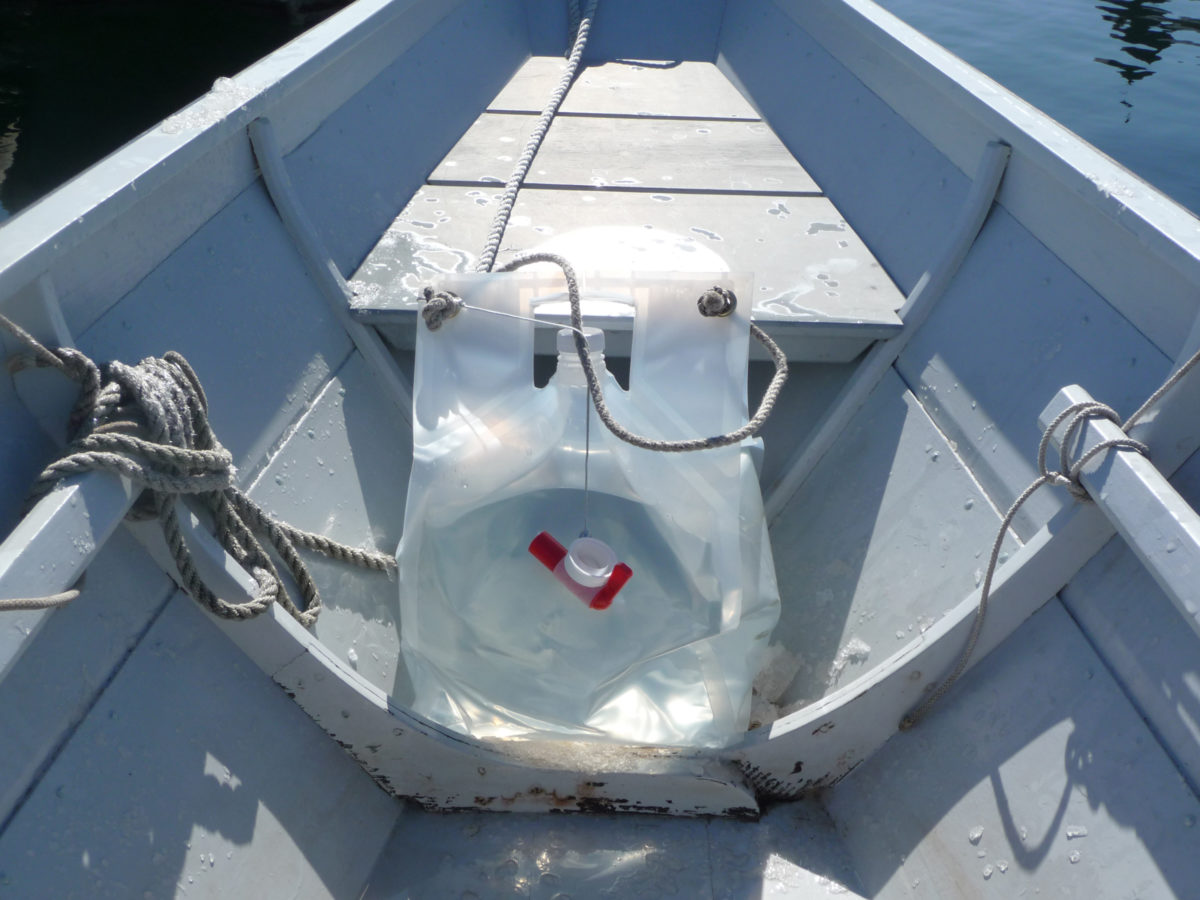
May 2017
Movable weight for easier rowing and sailing
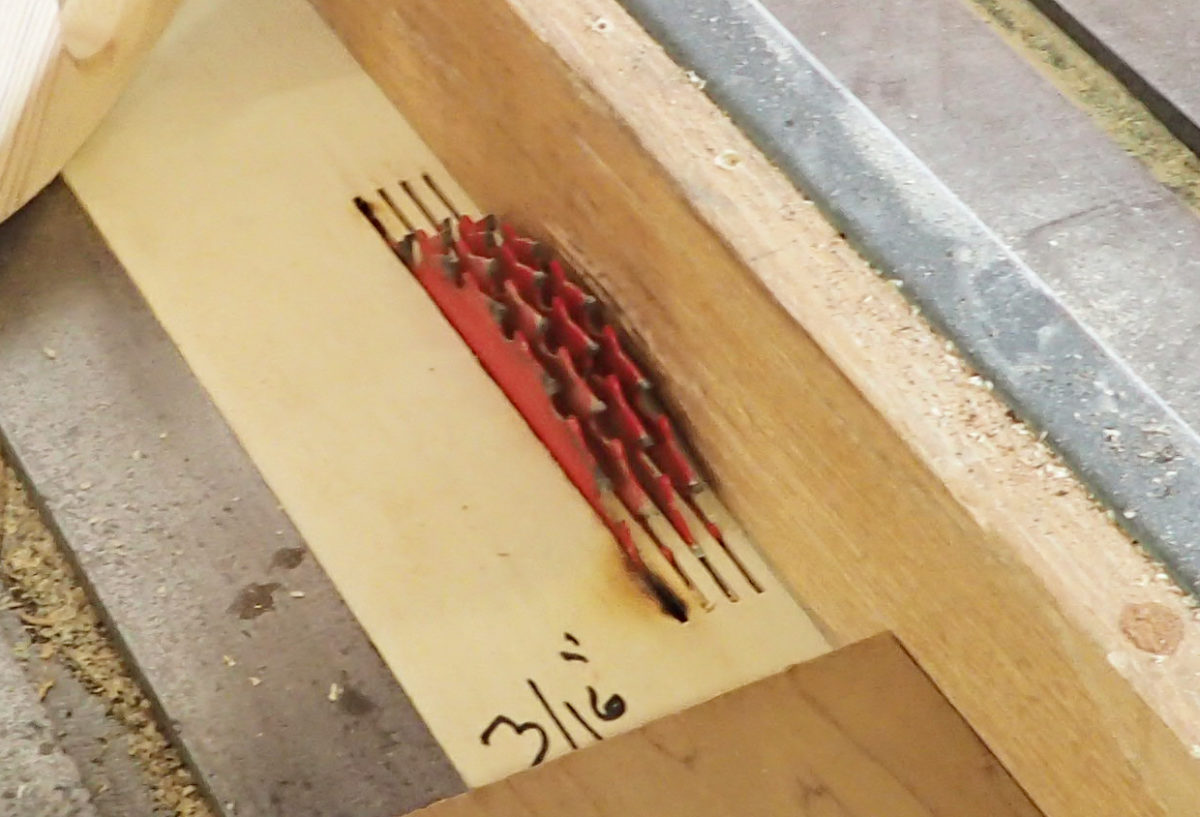
April 2017
Quicker preparation for strip-building and laminating
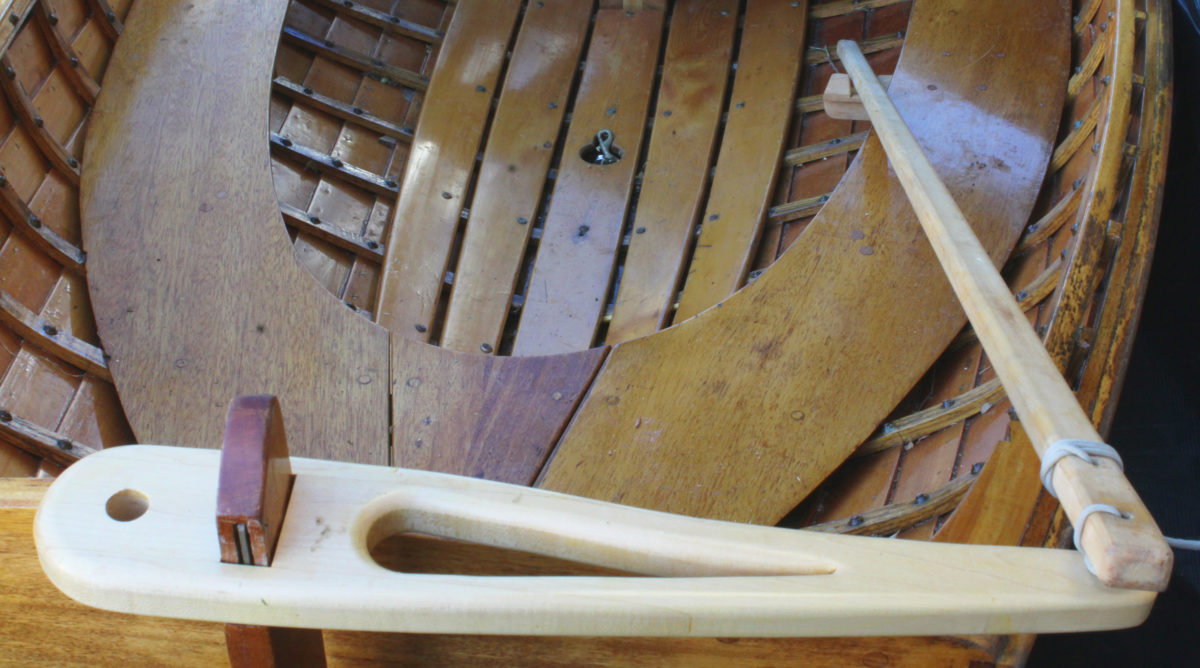
March 2017
Hands-off steering for push-pull tillers
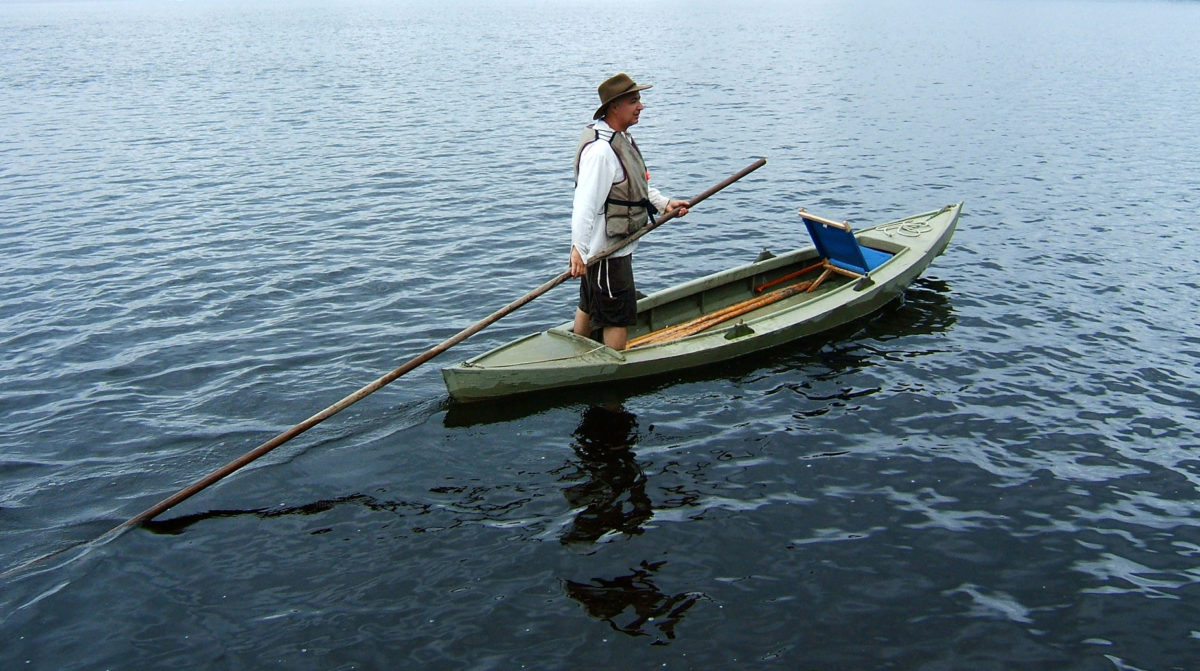
February 2017
Propulsion where motors, oars, and paddles fail
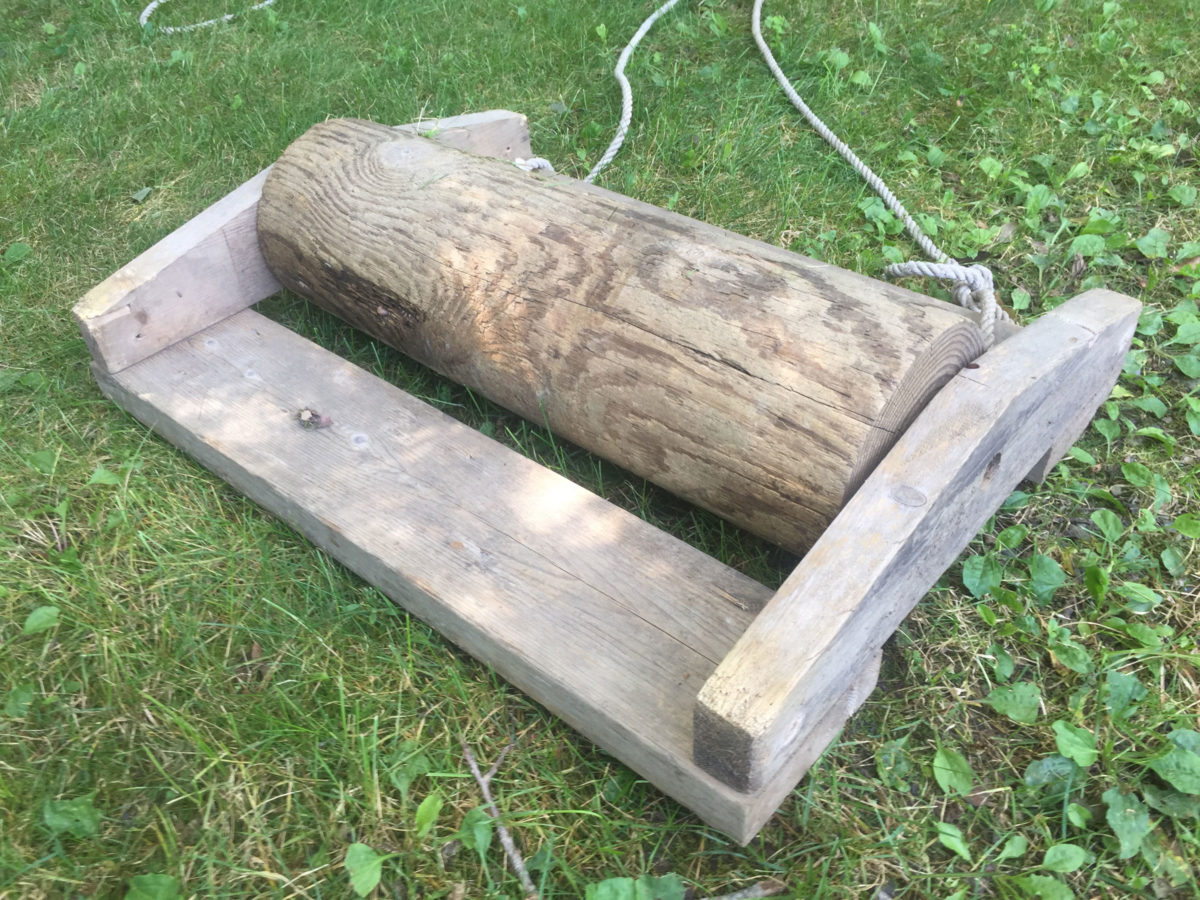
January 2017
Take a load on
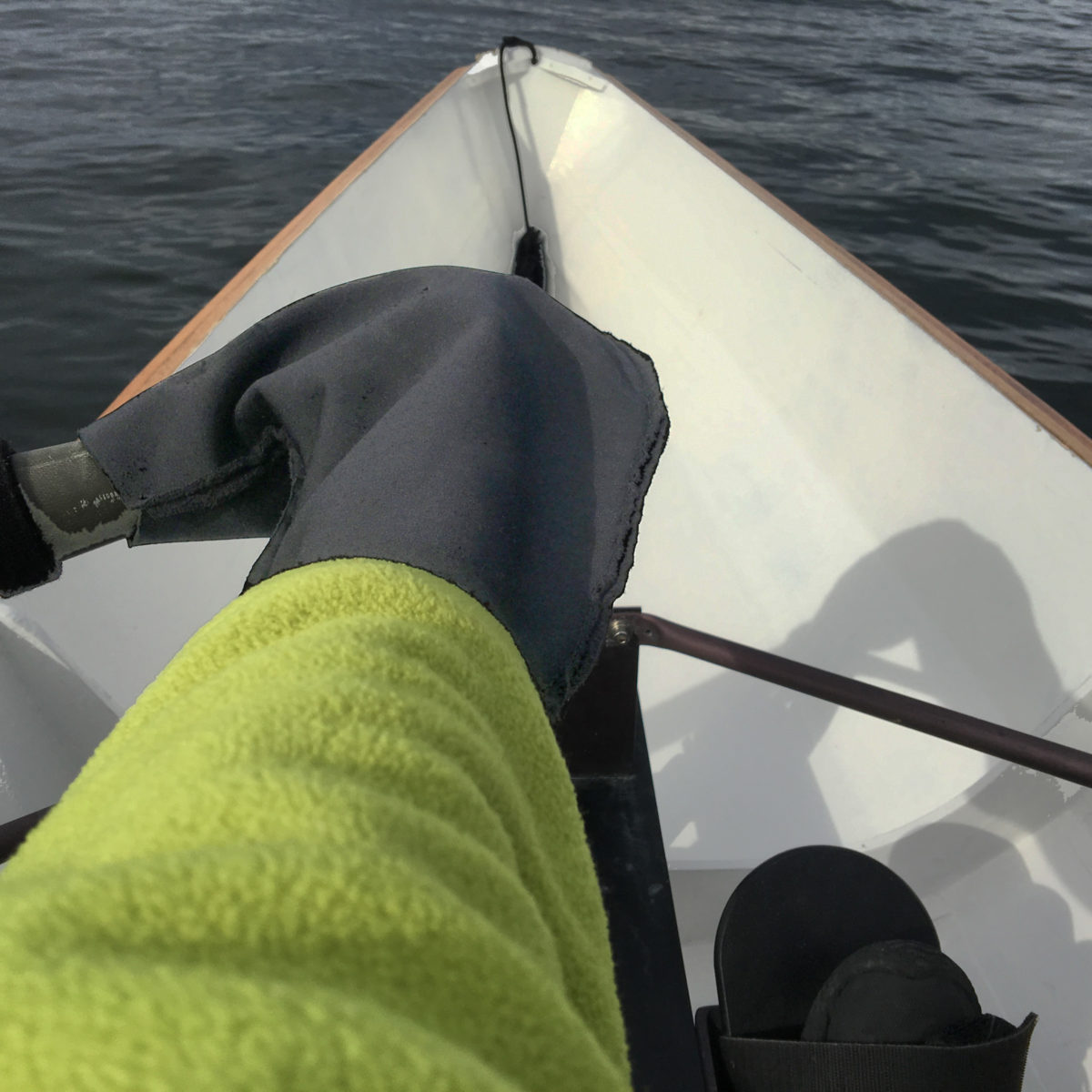
January 2017
Warm Hands in Winter
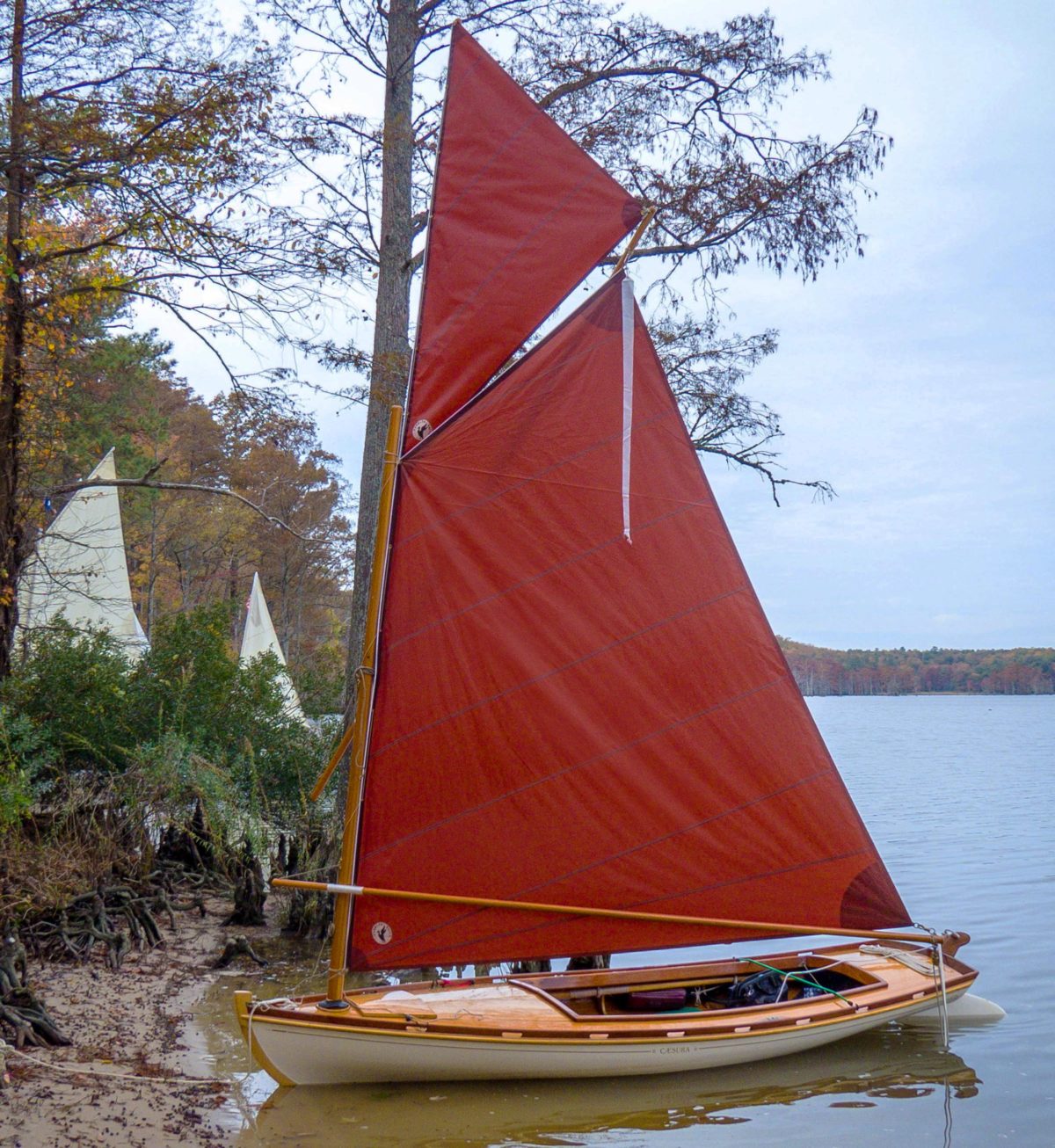
December 2016
A classy addition to a classic rig
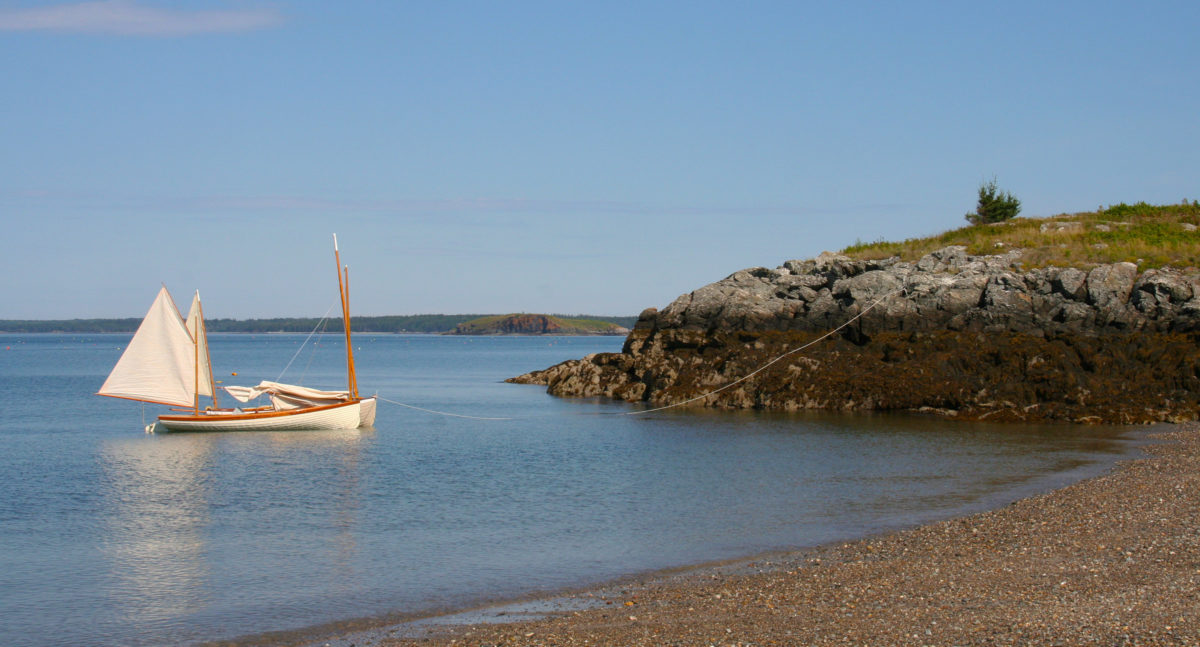
Small Boats Annual 2018November 2016
Variations on anchoring
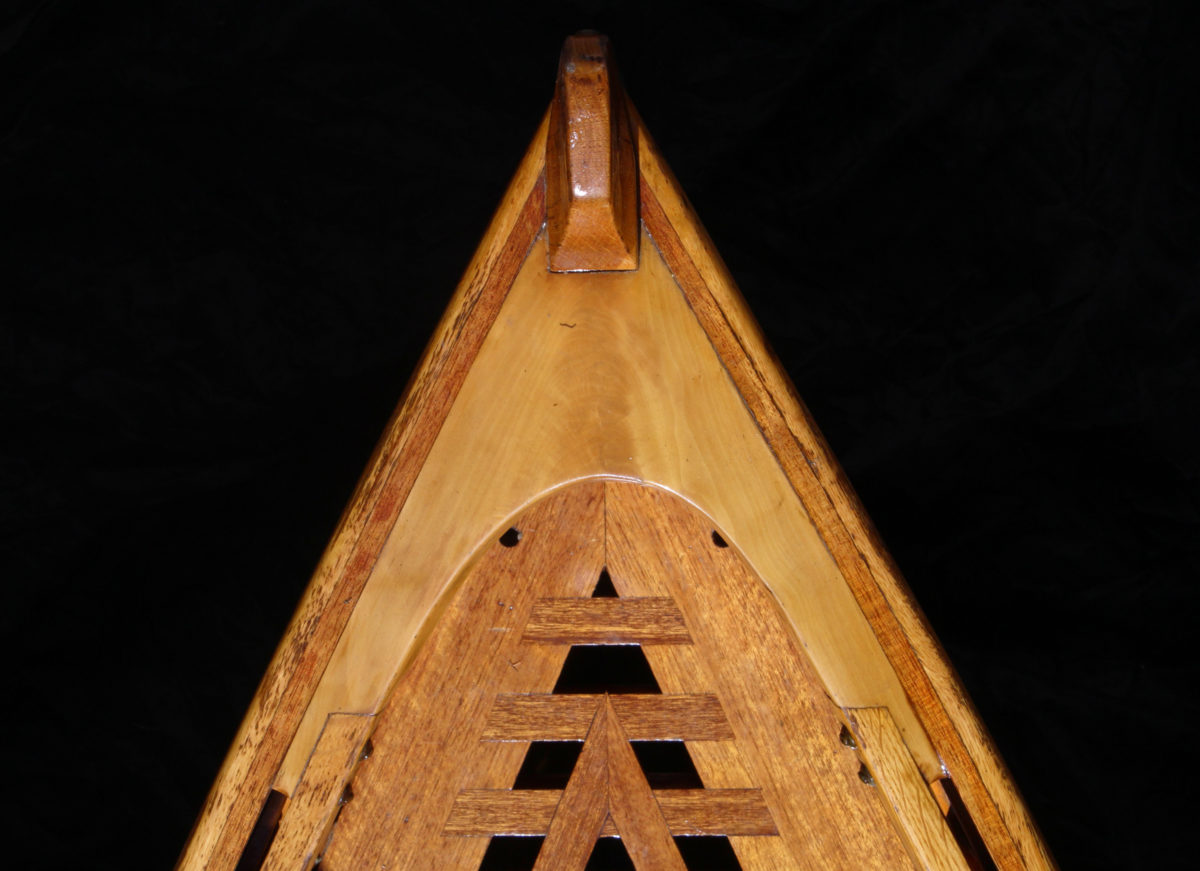
October 2016
Function and form
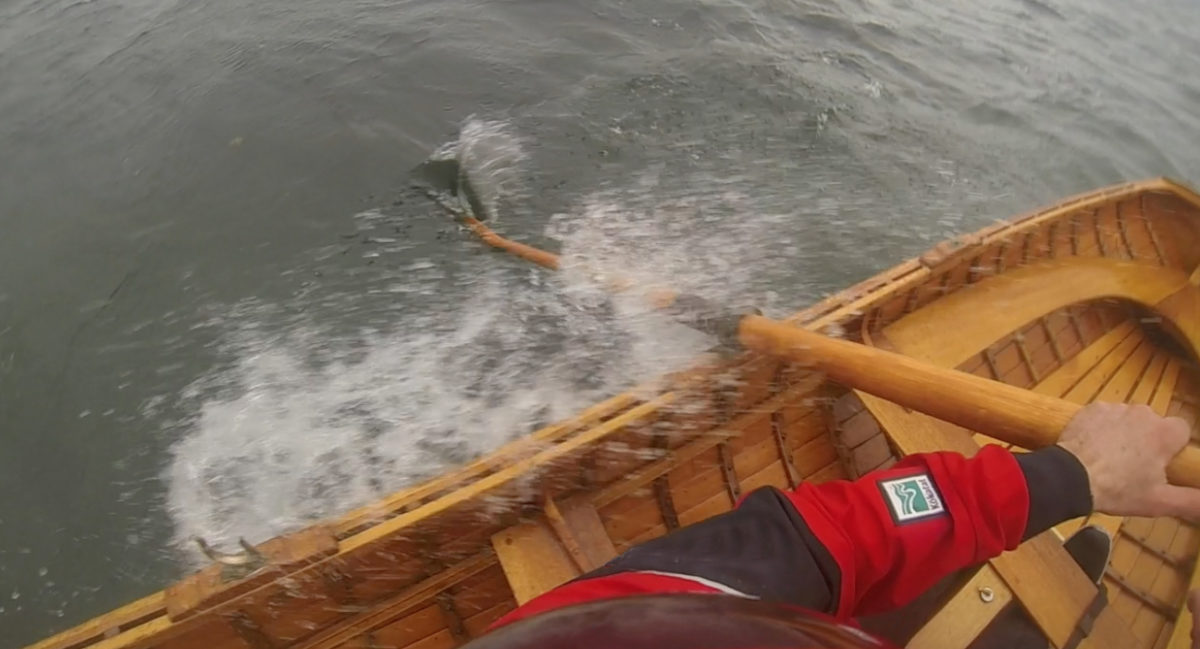
September 2016
An unusual use for a centerboard